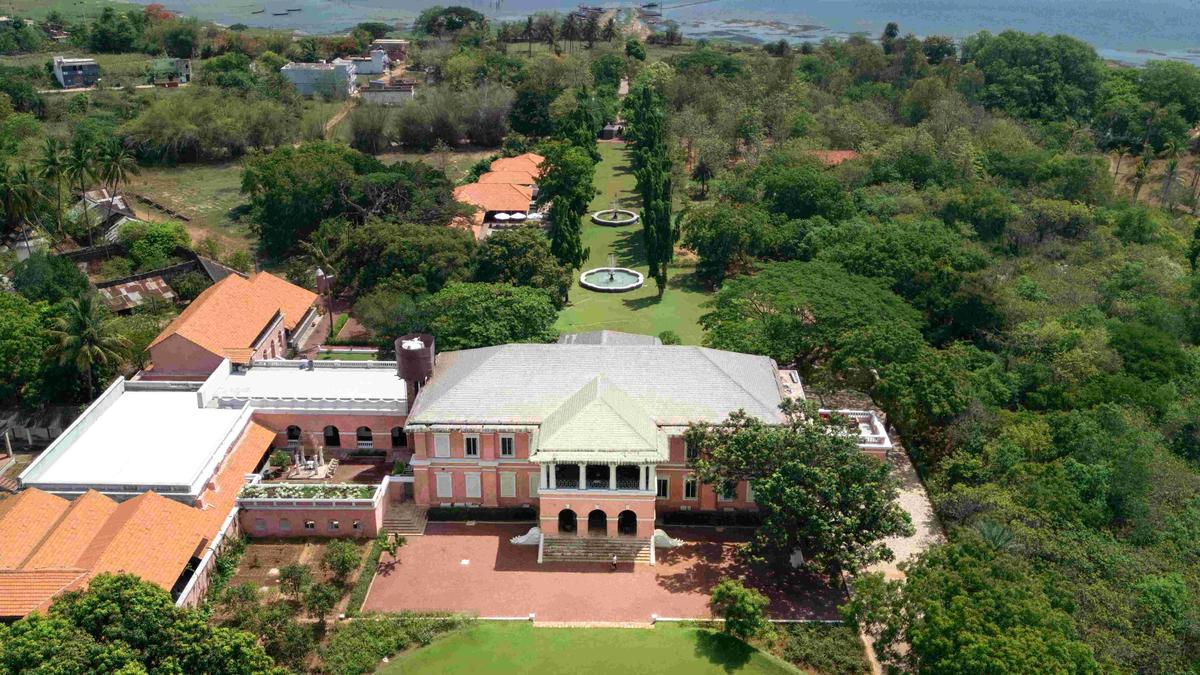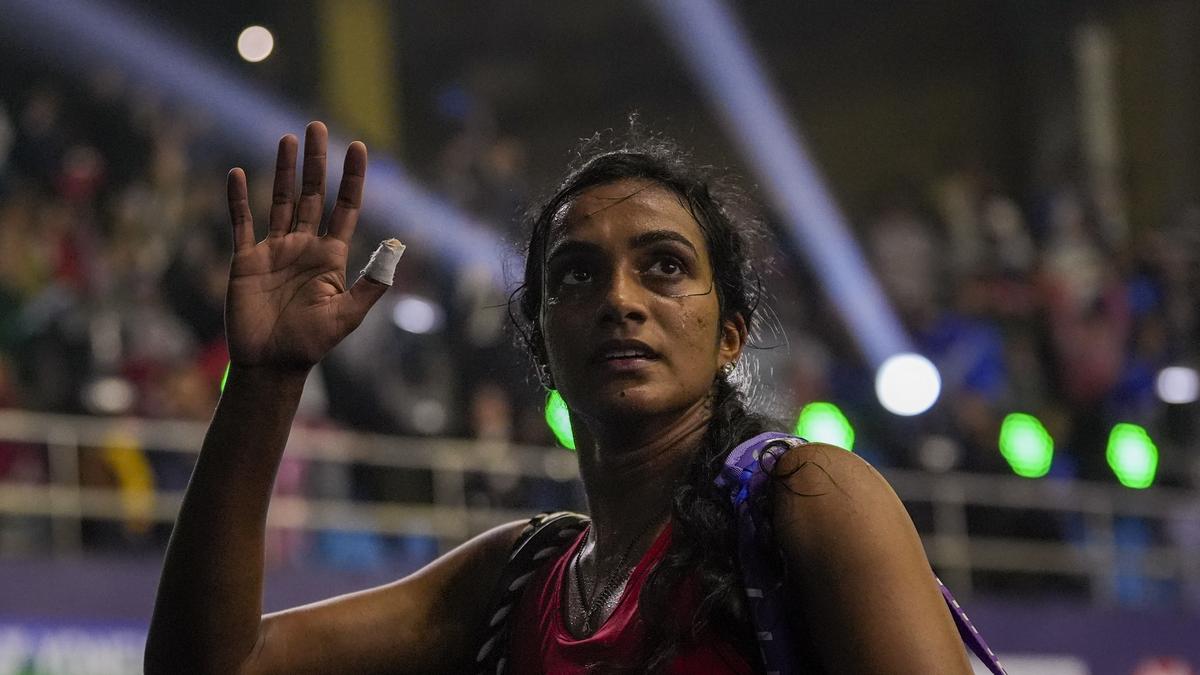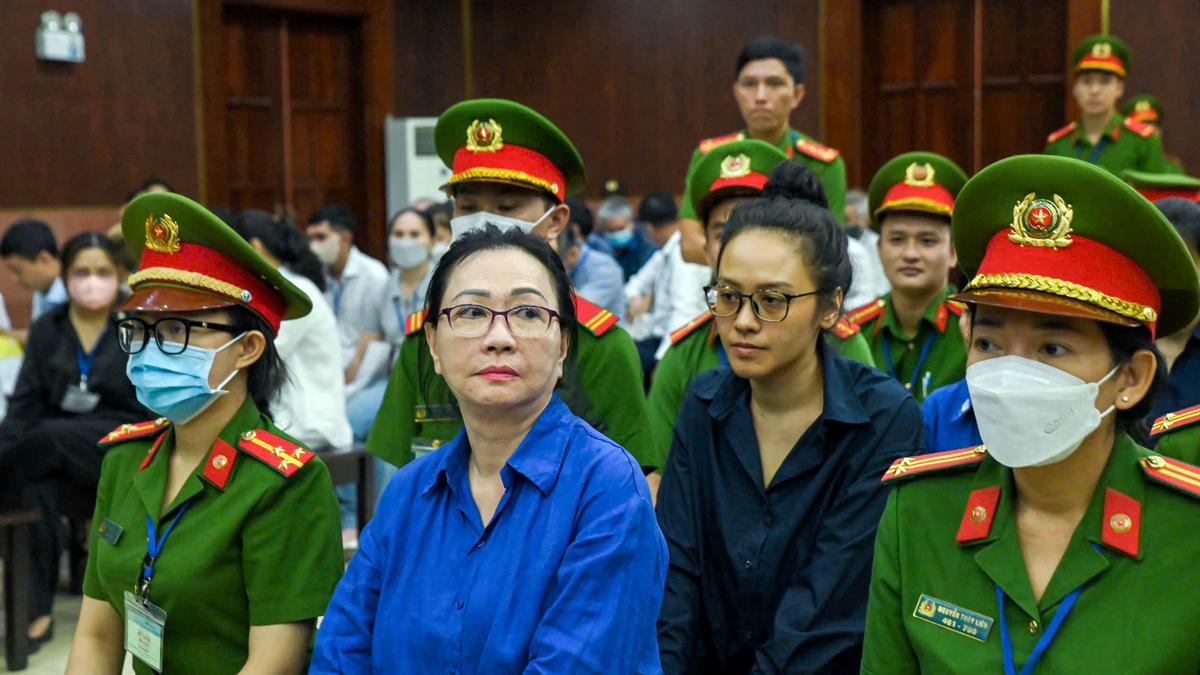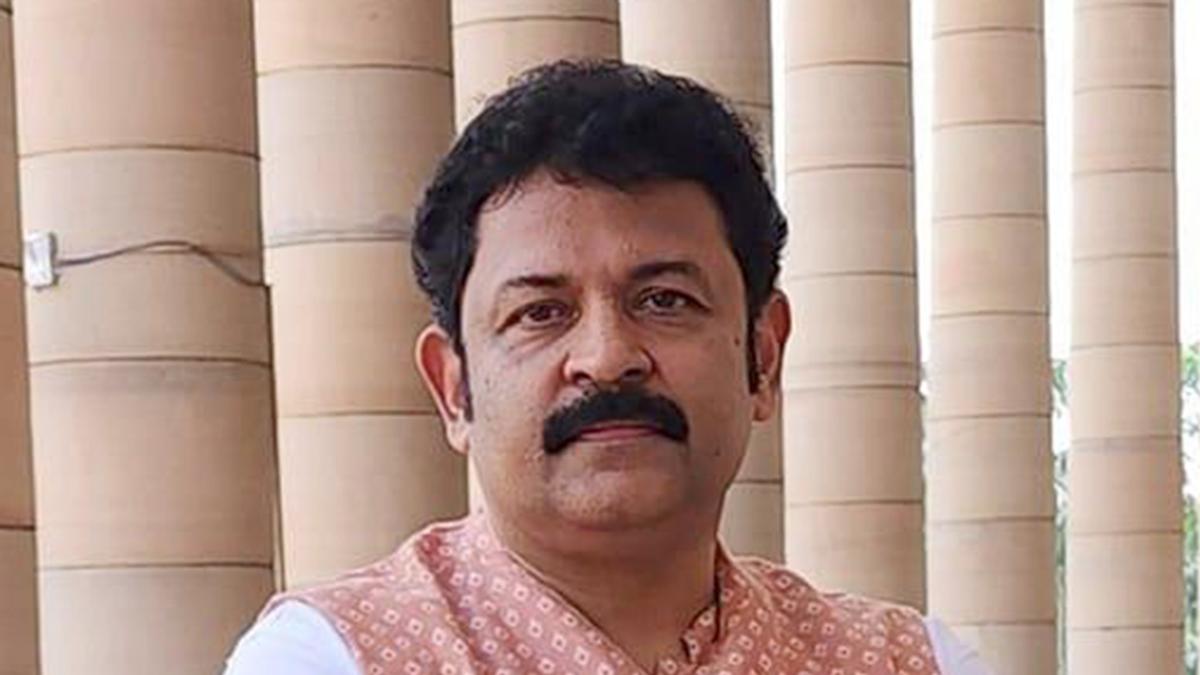A forgotten palace, with peeling walls and cobwebbed ceilings, once stood at the far end of a quaint village in Odisha. Locals called it Rani Palace. Today, it stands with its original sheen intact, as a boutique hotel, by the Chilika Lake in Rambha, a town in Ganjam district.
Rambha’s streets come alive in the evenings with shops selling fresh catch off the Chilika. It is home to several families who depend on the river for a living. Rambha Palace, a walkable distance from the lake, lets one experience life by a lagoon in a setup fit for the kings.
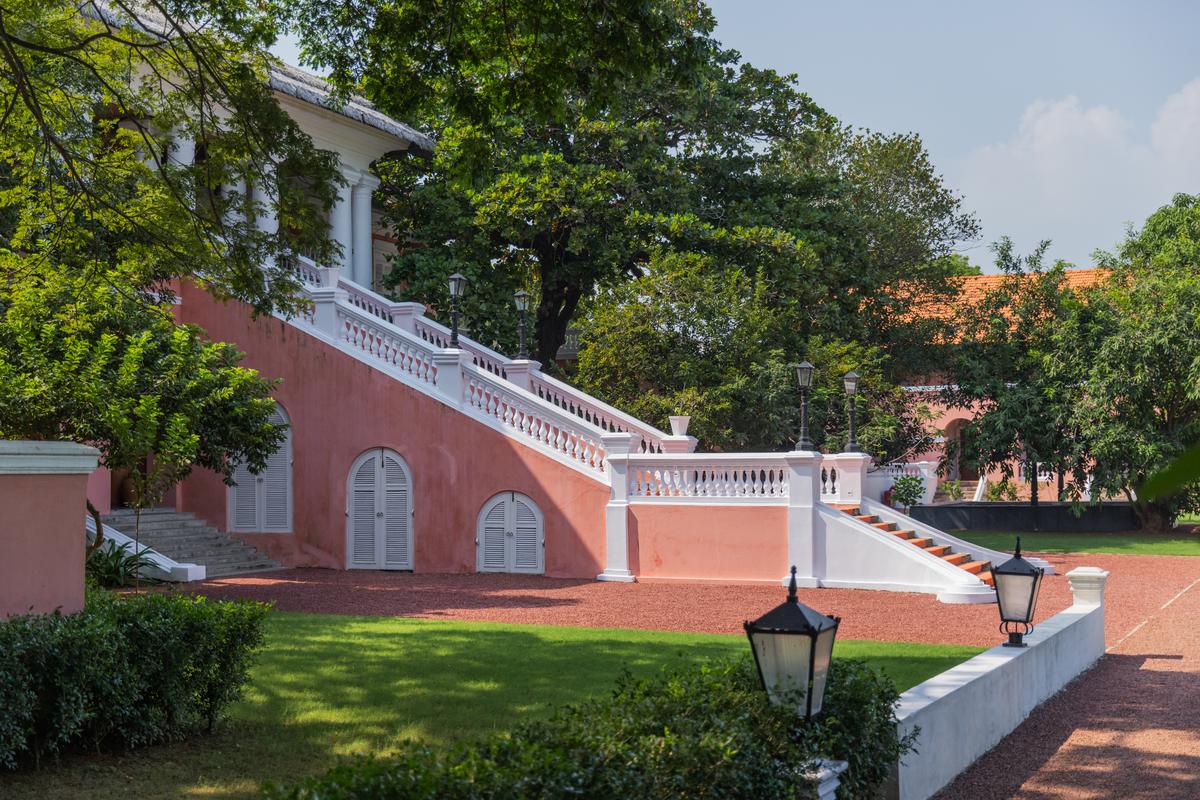
The palace was restored over a period of six years
| Photo Credit:
Special arrangement
We arrive at its gates on a humid afternoon from Bhubaneshwar, that is around 120 kilometres away. The palace was restored over a period of six years by Chana Daswatte, a protégé of the popular Sri Lankan architect Geoffrey Bawa. Walking past the foyer, the walls of which have photos of the palace from its previous life, we instantly feel the antiquity of the building.
Everything, right from the billiards table, crystal chandeliers, terrazzo tiles, lime plaster walls, sabai grass carpets, and ikkat-inspired interiors, feels right out of a museum display, yet, retains a certain newness. This is the result of the restoration team’s guiding principle — to retain the soul of the original 18th Century structure.
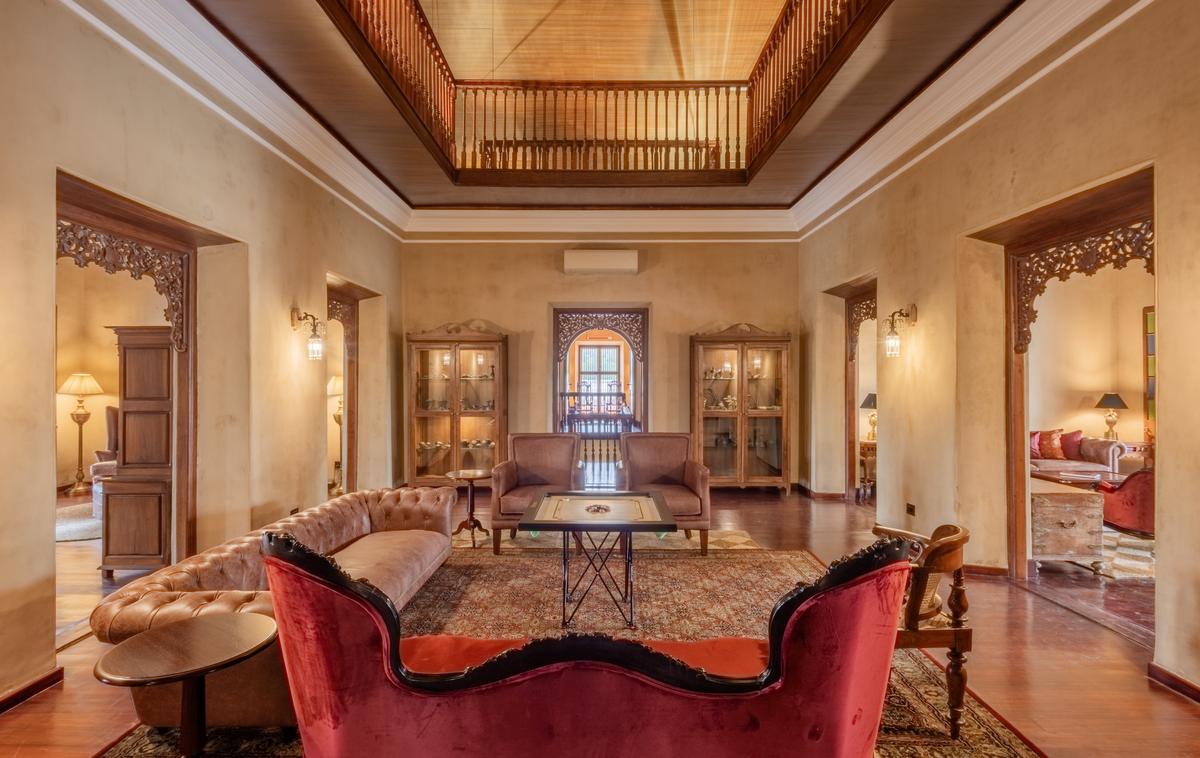
The restoration team drew inspiration from the Rani’s envisioned values, her love for her people, her affinity for local talent
| Photo Credit:
Special arrangement
Himangini Singh, co-founder, Hunch Ventures and partner, Rambha Palace, who has taken the property on lease from the royal family, says that the village and the palace always take her back to her childhood when she would visit the Chilika with her parents. When she first saw it in its decayed state, she says, “It felt like it was quietly asking for a second chance.”
They set out to restore it using materials and techniques that were used in the original architecture. Himangini, who played an important role in its restoration, adds, “Throughout the journey, we often asked ourselves: If Rambha’s Rani were restoring this palace today, what choices would she make? How would she have lived? What aesthetics would she have embraced? This imagined narrative became our compass. We drew inspiration from her envisioned values, her love for her people, her affinity for local talent, her refined yet grounded sensibility.”
European roots
After a late afternoon lunch of a typical Odia thali — their in-house restaurant serves local as well as Continental and Chinese food — head chef Gaurav Juyal walks us through the sprawling lawns with ornate fountain centrepieces. The palace, he explains, was built by Thomas Snodgrass, who was the Collector of Ganjam from 1791-92. “It was built by European architects and engineers,” he explains, adding that it was eventually bought by king Rama Krushna Mardaraj of Khallikote and later, by king Harihar Mardaraj, who played a crucial role in the Odia Movement until his death in 1909.
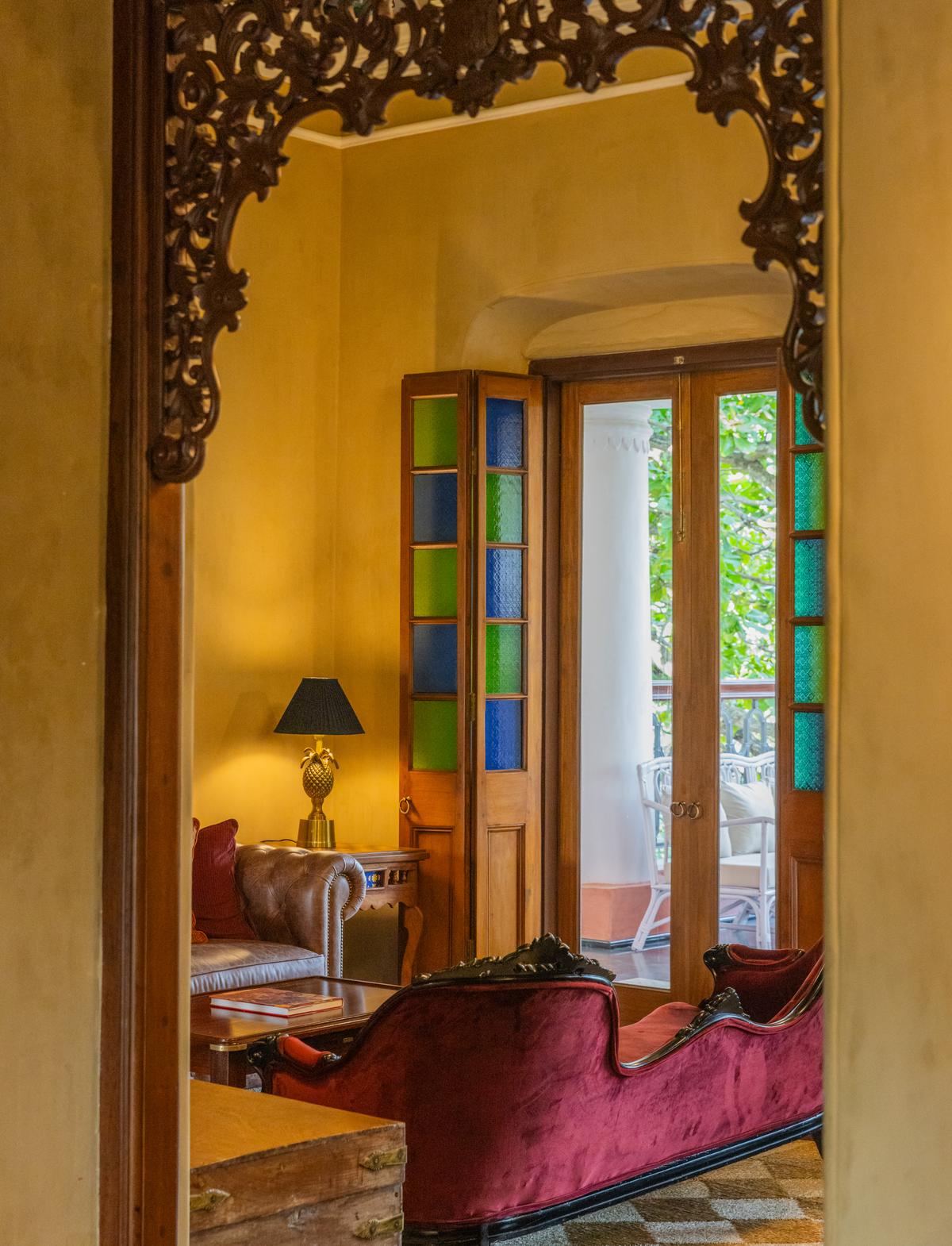
The palace was built by Thomas Snodgrass, who was the Collector of Ganjam from 1791-92
| Photo Credit:
Special arrangement
An important monument in the history of Ganjam, it was here, explains Gaurav, that the foundation stone of the Utkal Union Conference (UUC) was laid. The palace played host to thousands of delegates from the various Odia Speaking Tracts, and the UUC eventually lead to the unification of Odisha. The main structure is flanked by a printing room and ice mill room on one side, both of which have also been renovated. Himangini says that the only modification they did was for the roof. “Originally divided into six smaller sections, it has now been unified into a single, stronger roof,” she says, adding that the revival was a “careful, deliberate process.”
The property, spread across six acres, has 15 rooms for guests. It was opened to the public on April 1, 2024. While the queen was not able to witness the palace after its restoration, Himangini says her family visited it, walking through the halls and lawns. “It was an emotional moment,” she says, adding that their response was “one of the most meaningful validations of everything we had hoped to achieve.”
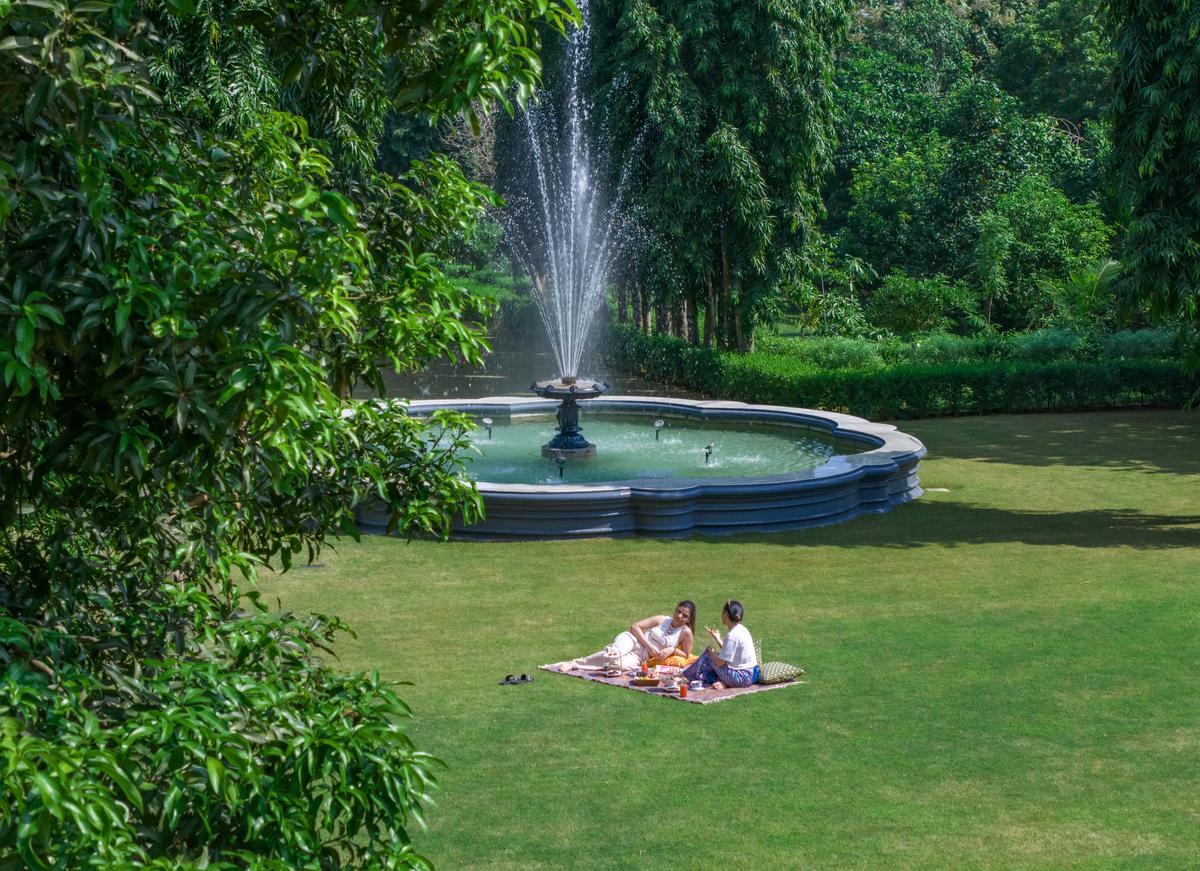
The ornate fountain centrepiece
| Photo Credit:
Special arrangement
Markets and rain hats
An important part of the itinerary for guests at the palace, is a visit to the village. Rambha is home to several artisanal fishermen. On the highway by the village, is an ancient dry-fish market that is run entirely by women. Prawns are a mainstay at most of the shops here.
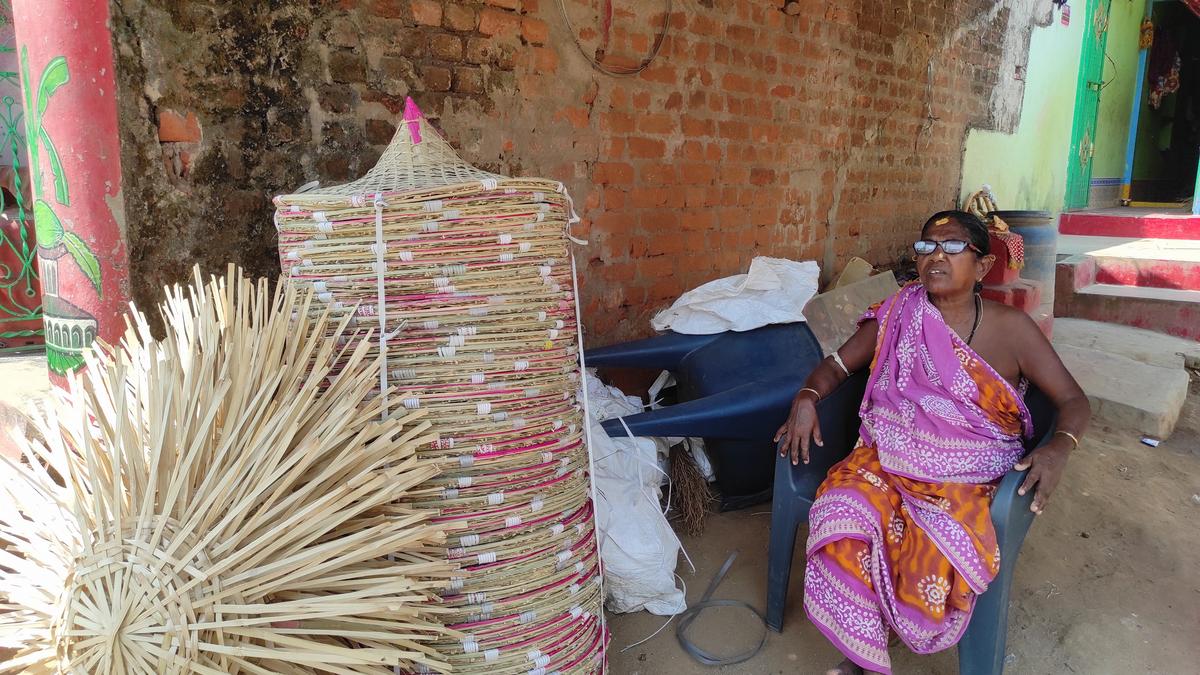
Rambha is also home to bamboo artisans from whom one can buy baskets and the exquisite talari
| Photo Credit:
Special arrangement
At Renuka Bahera’s stall for instance, there are over five dried prawn varieties, that she sells for ₹200 to ₹400 a kilogram, depending on the size. How can we not visit their fish markets? Here, one can see gigantic, freshly caught prawns that are still alive and wriggling — a rare sight, as any regular at seafood markets would agree. Ragunath Behera, a middleman between fishermen and sellers, explains that most of what is caught at Chilika is taken to a fish depot at nearby Balugaun town, the largest in the region. “This is then purchased by sellers who have shops at the markets here,” he explains.
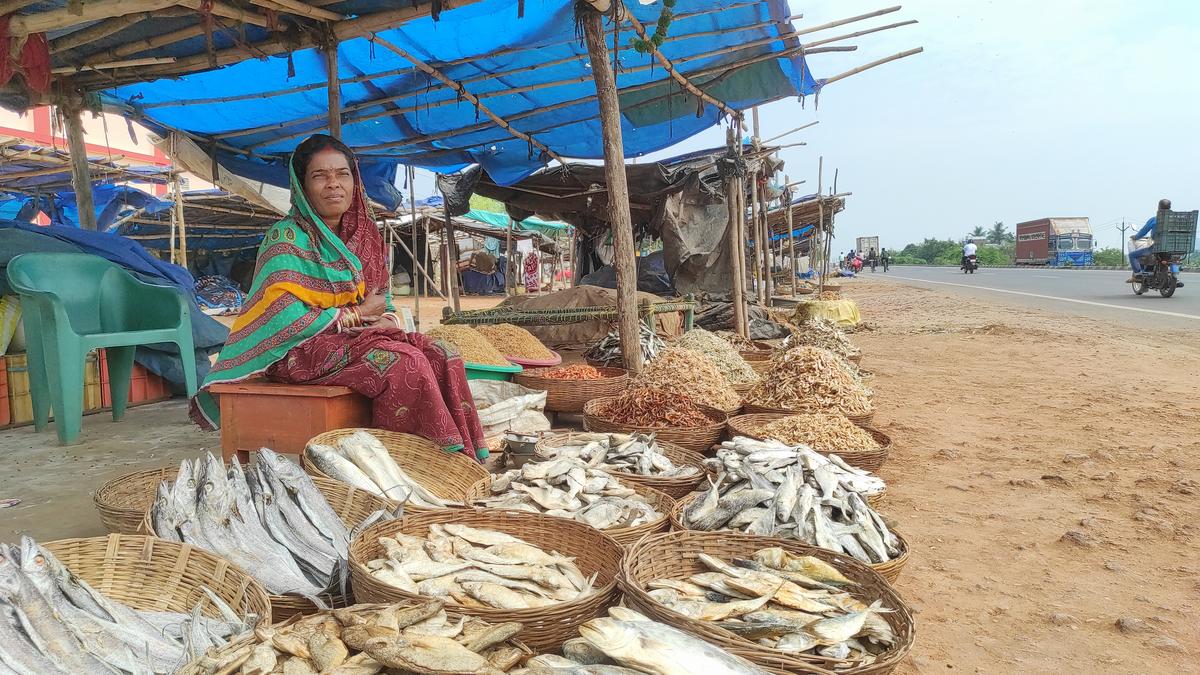
The dry-fish market on the highway
| Photo Credit:
Special arrangement
Rambha is also home to bamboo artisans from whom one can buy baskets and the exquisite talari, hats worn by workers in the fields. These hats, used for protection against the sun and rain, are huge — so huge that they do not fit into even the largest suitcase. We buy one nevertheless and lug it around the airport on our journey back, drawing curious glances. But there can be no better souvenir from Odisha.
Room tariffs start from ₹30,000. There are special fares for summer and monsoon months ranging from ₹19,000 onwards. Rambha can be reached by road or train from Bhubaneshwar. The writer was at Odisha on invitation from Rambha Palace
Published – June 06, 2025 10:49 pm IST
